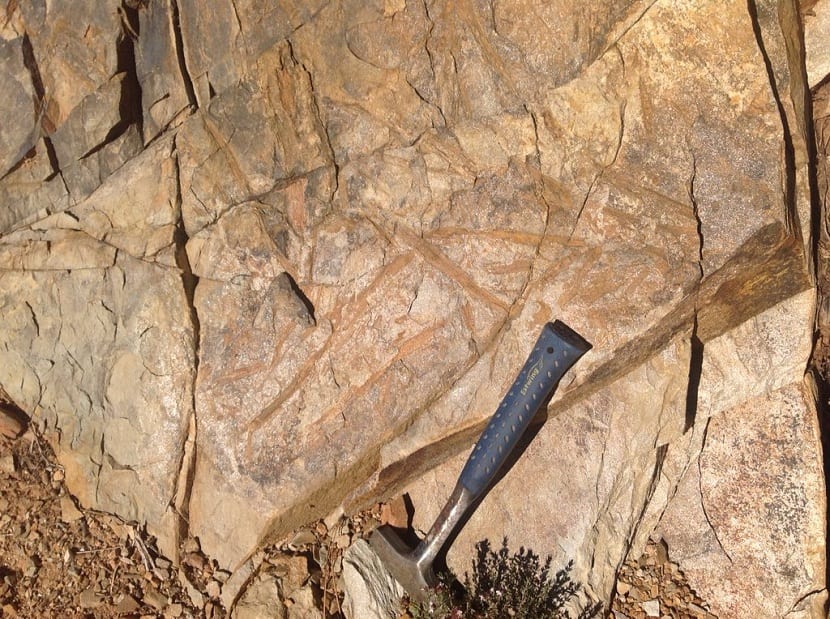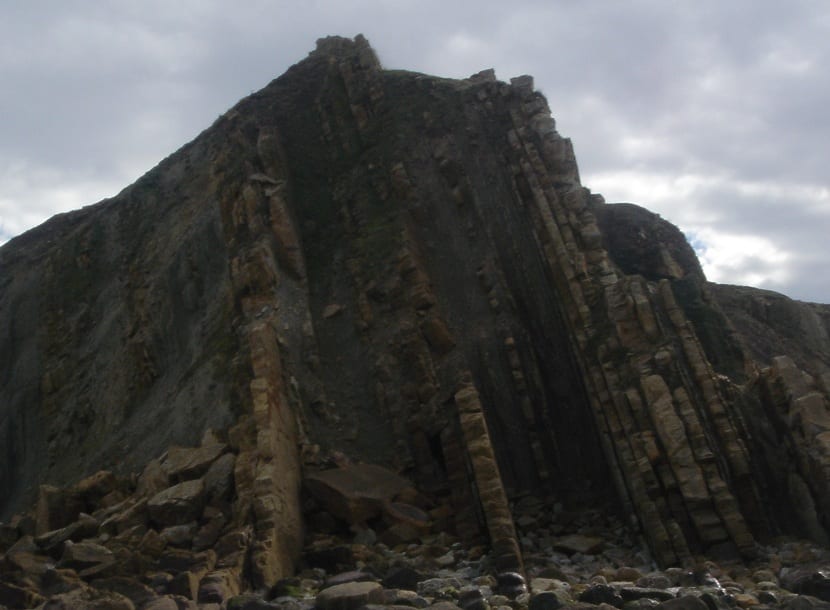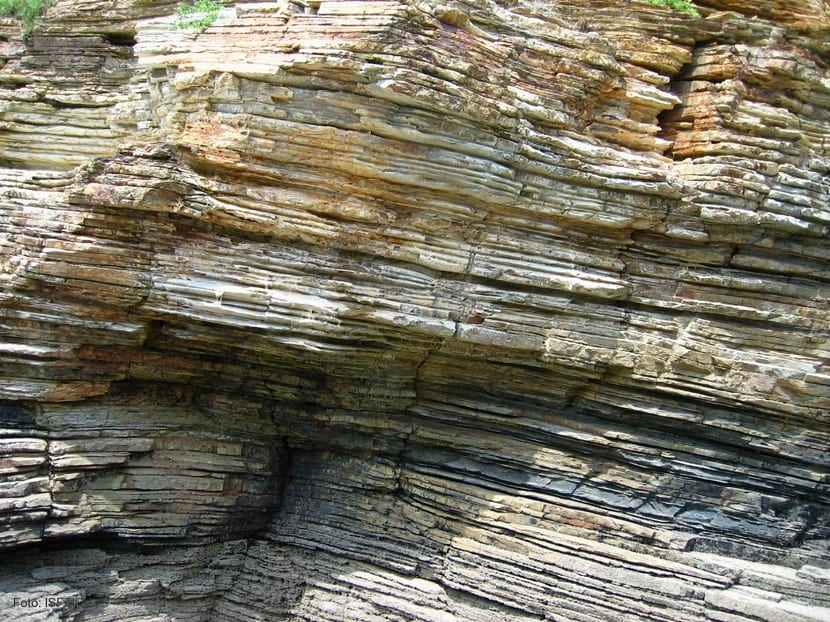
Geology has had several scientists who have managed to make shocking discoveries that have changed the way we see our world. One of these scientists was Nicolas Steno. Surely if you have studied some geology in high school you will have heard about this man. This is a true Renaissance man who managed to decipher several important things about the sediments and soil formation of our planet.
In this article we are going to tell you the biography of Nicolás Steno highlighting his most important feats and explaining the knowledge he contributed to geology.
The beginning

This man always lived close to people who were concerned about more than one discipline. Normally, when a person studies, they directly specialize in a branch to become an expert and increase knowledge about it. In this case, both Steno and the people he hung out with on a daily basis drew his attention to several different disciplines.
Steno delved not only into geology, but also into medicine, dentistry, the study of ancient beasts, sharks, etc. It should be mentioned that in ancient times it was easier to be able to study various branches since there was not so much knowledge in each of them. Today you cannot become a total specialist or in a single branch, you would need several lives to be able to study everything there is about so many disciplines at the same time.
However, although today you cannot study so many disciplines at the same time in depth, you can be guided by curiosity to learn more about the rest of things that are not your specialty and be able to defend yourself in all fields. It is curiosity that made me discover various things in geology.
The story of Nicolás Steno begins in Florence. Here he was a doctor and settled in a practice after several years of studying medicine throughout Western Europe. He had been researching the shapes of muscles and discovered a gland that until then had not been known. That gland in the head of mammals was called "ductus stenonianus" after its name.
The weather in Florence

At that time, Steno moved to Florence in 1665 to be able to join the Grand Duke of Tuscany and thus assemble the so-called "Cabinet of curiosities." It was about filling a whole room with different natural elements such as collections and other things. It's like it's a small carnival fair and natural spectacle or the collection room of a university department.
Steno came to label and identify numerous species of animals, plants and minerals of all kinds. Already with the minerals he began to have some knowledge about geology, since his understanding was developing.
In 1666, some fishermen managed, after much effort, to catch a huge white shark. After dissecting it to be able to transport it better, the head was kept by Nicolás Steno to study it in depth. Through his study and research on the shark's head, Steno realized that there were some stony objects called glossopetrae that were found on some rocks.
Some scholars thought that these stones fell from the sky or even from the moon. Others thought that fossils grew naturally in rocks and developed over time. However, these theories did not make sense to our scientist. He thought glossopetrae looked like shark teeth because they really were and it isThey were deposited on the rocks when they were already covered by the ocean.
Nicolás Steno as father of Geology

Back then, what Steno proposed was a totally outlandish idea. How could the rock be before the ocean? If fossils were once bones, how could they have been preserved in the same way in rock? A solid such as a shark's tooth could not have been so easily associated with a rock that is another solid.
These studies took him three years and he concluded that all types of rocks they had to be formed by a solidification process and happened around or on top of the fossils. That is, the new rock overlaps the old rock, so there must be horizontal layers or strata throughout the earth.
This is how this idea of Nicolás Steno contributed to the most fundamental explanation of geology. The shallowest strata are more modern than the deepest. The more you dig and the deeper you are, the age of the rock is older. This is due to the fact that the rest of the layers overlap with the passage of time with the deposits of new strata and their subsequent solidification.
Thanks to this assumption, different periods in the age of the Earth could be distinguished. This approach could allow scientists to draw conclusions about the past based on how old rocks were based on how deep they were. The advance that Nicolás Steno gave about the overlapping of the strata has been crucial to be able to study ancient human societies, dinosaurs and even changes in the climate that have existed during different periods of Earth's history.
Steno principles

At the end of his life, Steno gave up an entire life dedicated to science to enter religion. He was appointed bishop in 1677 and apostolic vicar of northern Germany and Scandinavia.
However, he left us the principles of geology by which a lot can be known about the Earth.
- Original horizontality principle. The strata are formed horizontally. All subsequent deviations are due to subsequent disturbances in the rock.
- Principle of uniformity of processes. It indicates that geological processes that took place in the past have the same speed and have occurred in the same way as today.
- Lateral continuity principle. The strata extend in all directions up to the deposition areas.
I hope this information helps you to know more about Nicolás Steno, the father of Geology.
Excellent article German, thank you.
I would like to know what date you published it. Cheers